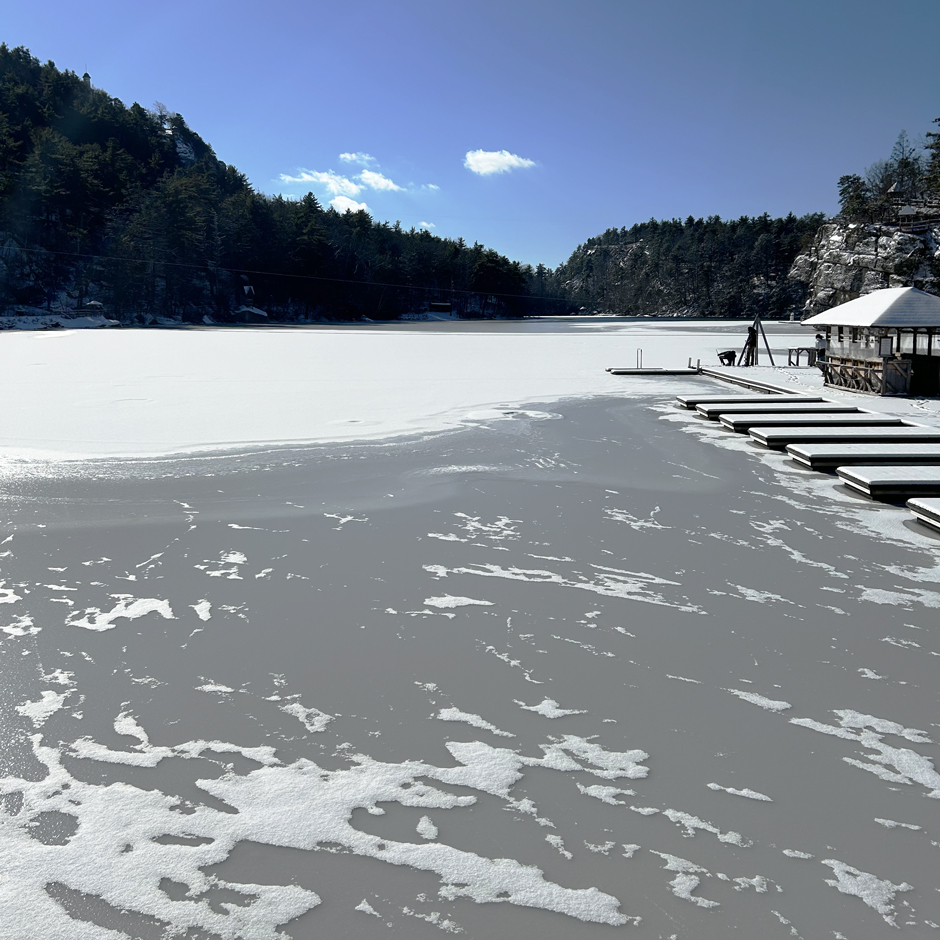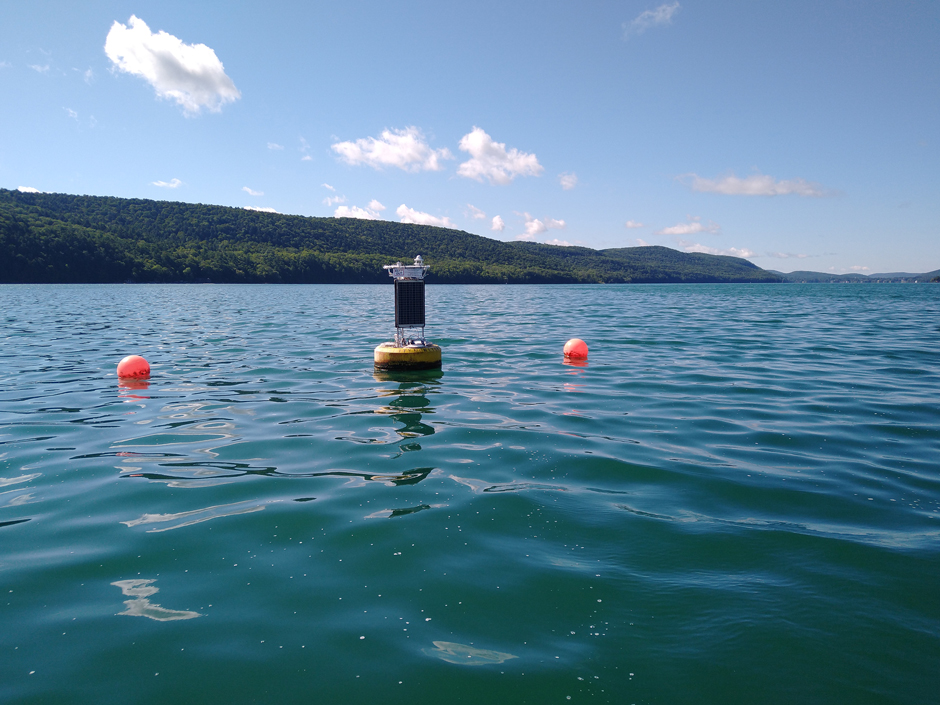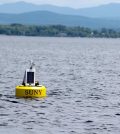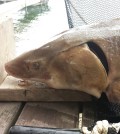Posts for tag "SUNY"
Thin Ice: Monitoring Winter Lake Dynamics at Mohonk Lake
Historically, water quality monitoring during the winter has been difficult and often avoided altogether—however, monitoring throughout the year can highlight the influence of various environmental stressors and track the changes systems undergo during the winter. In particular,...
- Posted January 22, 2024
Before and After Harmful Algal Blooms: Long-Term Monitoring and Modeling in Otsego Lake
Throughout the years, harmful algal blooms (HABs) in the Laurentian Great Lakes have been meticulously documented and closely studied due to their annual appearance across the basin. While these blooms have become a recurrent issue in the...
- Posted August 28, 2023
Shingle Shanty Preserve and Research Station: Where Diverse Habitats Meet
Located at the intersection of several types of habitat, New York’s secluded Shingle Shanty Preserve and Research Station enjoys rich biodiversity, especially in its bird life.
- Posted April 26, 2019
Ducks Unlimited Works Hard to Conserve and Restore North Atlantic Wildlife Habitat
Saving ducks is just the beginning of the extensive conservation efforts of Ducks Unlimited, an organization actively saving and restoring wetlands in large regions of the U.S.
- Posted February 25, 2019
Lake Data Buoy Tackles Understudied Champlain
A lake data buoy recently launched on Lake Champlain by State University of New York scientists is aiding research, education and weather forecasting.
- Posted October 6, 2016
Sodus Bay Water Quality Tracking Improves Bloom Predictions
Scientists at State University of New York monitor Sodus Bay water quality off Lake Ontario to better predict algal blooms.
- Posted July 22, 2016
There Are Many Ways To Celebrate Earth Day
It’s Earth Day! On this global day of appreciation for our planet and all the things that it gives us, we thought it’d be nice to put together a short round-up of the activities taking place to...
- Posted April 22, 2016
SUNY-ESF Scientists Took Over 2,000 Samples From New York Lakes In 2015
Chemists at the State University of New York College of Environmental Science and Forestry (SUNY-ESF) are taking a leading role in protecting the water quality of New York’s lakes, according to a release. As proof of that,...
- Posted January 12, 2016
Buffalo State scientists investigate resurging lower Niagara lake sturgeon
Researchers at Buffalo State use benthic maps, PONAR grab samplers and side-scan sonar to study rebounding populations of the lower Niagara’s sturgeon
- Posted February 2, 2015
SUNY-ESF to hold bioblitz at Onondaga Lake
Scientists at the SUNY College of Environmental Science and Forestry will join with members of the public for a bioblitz at Onondaga Lake, according to a release from the school. Along with documenting biodiversity in and around...
- Posted September 11, 2014
Monitoring ‘The Gunk’: Buoy tracks New Paltz campus pond water quality
A data buoy tracks water quality on a SUNY New Paltz pond known as 'The Gunk' to see if green infrastructure can bring improvements.
- Posted August 16, 2013
SUNY ESF/Syracuse U. study finds in-stream restoration structures effective
An intensive monitoring effort around man-made cross vanes and J-hooks found the in-stream structures effective.
- Posted July 30, 2013














